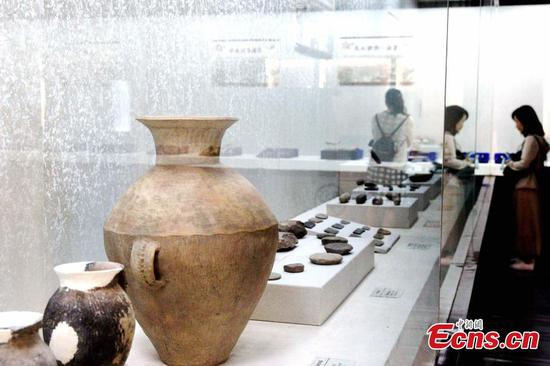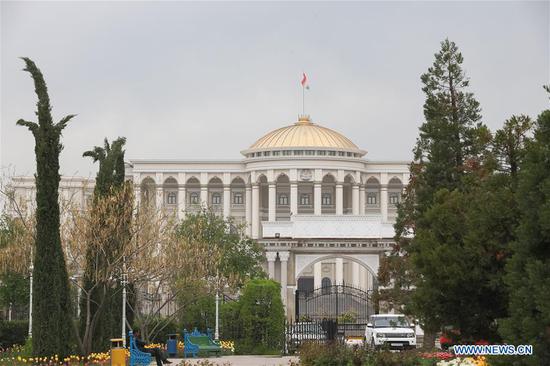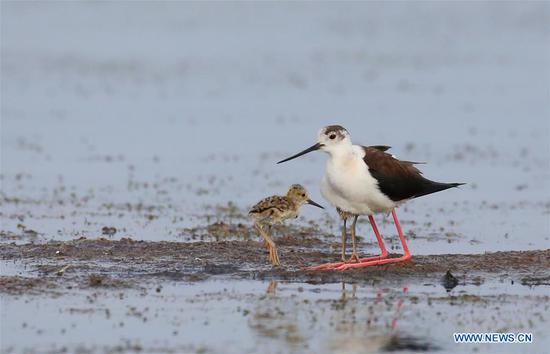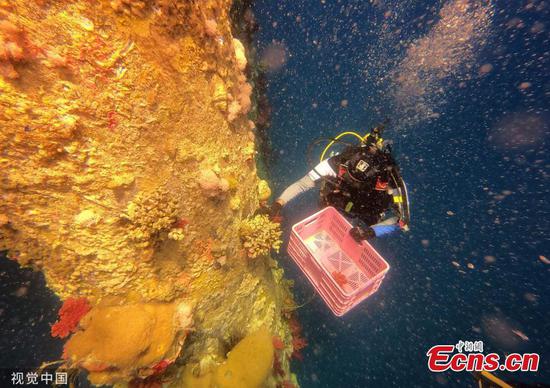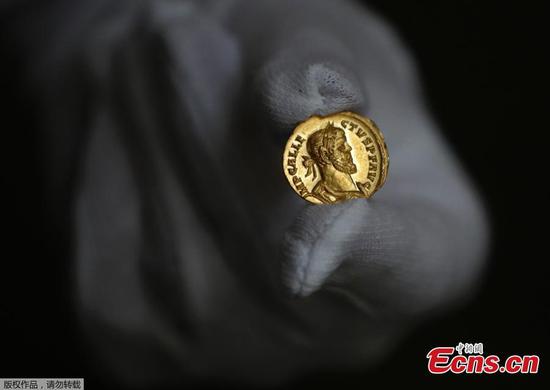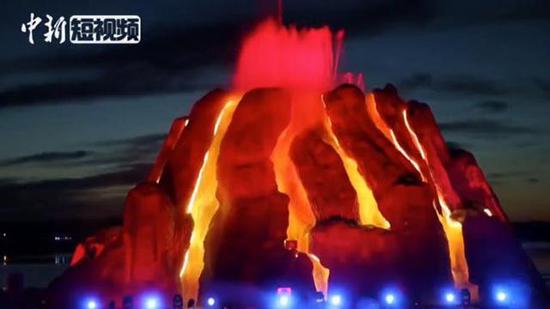
Volunteers sort trash during a beach cleanup in Nanhuizui, Shanghai, on June 1. (XING YI/CHINA DAILY)
Studies
Dubbed the "PM 2.5 of the ocean", the small size of microplastics means they can easily be eaten by marine animals. In May, a study discovered that baby fish in nurseries off Hawaii eat microplastics shortly after they are born, which lowers their chances of survival and ultimately affects the fishing industry.
Other studies have discovered microplastics in mussels, fish and seals, suggesting they may move up the ocean food chain from prey to predator.
Pan's study focuses on the toxicology of microplastics. "There are too many things in a piece of plastic, and that's what makes it harmful," he said, adding that plastic fragments include additives such as plasticizers, flame retarders and coloring pigments, all of which are toxic.
The main method Pan uses to analyze microplastics is infrared microscopy and spectroscopy. He has partnered PerkinElmer, an analytical instruments and diagnostics solutions provider, in detecting microplastics and testing their composition.
In one experiment, Pan is attempting to determine how microplastics affect the organs of mice. "Right now, most of the experiments are being conducted on marine animals, so I want to assess the damage microplastics can do when ingested by mammals," he said.
He has discovered that very small particles can enter a mouse's blood vessels, liver and even heart. He will soon publish a paper about his findings.
Another concern is that microplastics attract other pollutants, such as microbes, and could also spread pathogens.
"Microplastics are like a Noah's Ark for bacteria," Pan said. His team has been collecting samples from the sources of major rivers in China through to their estuaries to study cases of microplastics spreading pathogens.
The potential environmental and health threats posed by microplastics and their complexity have prompted a surge of research in the field. Scientists are racing to answer questions about the distribution and flow of marine microplastics, how they affect the ecosystem, and what that may mean for humans in the long term.
Liu Xiao, marketing director for the Asia-Pacific region at PerkinElmer, said the company is working with 10 major laboratories in China to analyze microplastics via infrared spectroscopy, which is the primary analytical technique used globally for the detection and identification of microplastics and their additives.
Sun Chengjun, a researcher at the Ministry of Natural Resources' First Institute of Oceanography, has been studying the environmental impact of microplastics since 2013. She has conducted laboratory experiments to see how they interact with heavy metal pollutants and other persistent organic pollutants.
She and her colleagues have also collected samples in coastal waters and the deep oceans. Last year, while traveling with the Chinese oceanic research vessel Xiangyanghong 01, Sun discovered microplastics in Antarctic waters, which was a first for related research in China.
"Before, we didn't have many firsthand samples or much data about microplastics," Sun said. "Now, we already have a basic understanding of the situation with microplastics pollution in China's coastal waters. It is not much worse than in other countries."
She said most research on the impact of microplastics has been done in labs, often in water with higher concentrations of microplastics than those found in the natural environment.
"There is no direct evidence of harmful effects of microplastics on human health, but the lab results provide us with an extreme case of what could happen. The aim of our research is not to frighten people, but to provide an early warning," she said.
"Nothing is good when used in excess. We should be more cautious in the use of plastics, while the concept of reducing, reusing and recycling plastic should be strengthened among the public."











